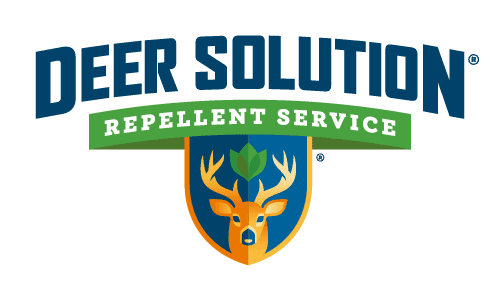Nassau County, New York, is currently facing a significant environmental challenge – the overpopulation of deer. This issue, prevalent in various parts of New York State and neighboring regions, is causing considerable concern due to its impact on local ecosystems and community life.
The Extent of Deer Damage
The white-tailed deer, common in Nassau County, are contributing to noticeable damage to local flora. Trees, particularly young ones, are severely affected by deer browsing. The ability of these trees to recover from such damage depends on the extent of the harm inflicted, the tree’s species, and its age.
However, in cases of severe or repeated browsing, some trees may not fully recover, leading to long-term ecological impacts.
Ecological Consequences of Overpopulation
With an overabundance of deer, the ecological balance in Nassau County is under threat. Overbrowsing by deer leads to reduced growth and survival rates of young trees, impacting forest regeneration.
This situation can lead to decreased biodiversity and altered forest compositions, which in turn affects the overall health of the ecosystem.
Economic Impacts
Regions like Allegany County in Maryland, facing similar challenges, have seen significant economic losses in the agricultural sector due to deer damage. Farmers in Nassau County may also face similar challenges, highlighting the economic implications of deer overpopulation.
Crop destruction and altered planting cycles due to deer browsing can lead to substantial financial losses for local farmers.
Management and Mitigation Strategies
Effective management of deer populations is crucial for addressing the issue of overpopulation. This involves a combination of strategies including habitat management, public awareness, and possibly regulated hunting in designated areas.
These strategies must aim to balance wildlife conservation with the protection of local ecosystems and community interests.
Impact on Community Life
Beyond ecological and economic impacts, the overpopulation of deer in Nassau County also affects community life. Increased deer populations can lead to more frequent human-deer interactions, including road accidents and property damage.
These incidents not only pose safety concerns but also result in financial burdens for the community.
Challenges in Management
Managing deer populations presents several challenges. One major challenge is balancing ecological needs with community interests and safety.
Moreover, there is a need for continuous monitoring and adaptation of strategies to ensure they are effective and sustainable in the long term.
The Role of Local Authorities and Community
Local authorities play a crucial role in managing deer populations and mitigating their impact. Community involvement and cooperation are also essential for the success of any management strategy.
Public education about deer behavior, habitat requirements, and the importance of ecological balance can help in garnering support for management efforts.
Deer overpopulation in Nassau County is a complex and multifaceted challenge. It requires a comprehensive and collaborative approach that includes wildlife management, community engagement, and a focus on sustainable solutions.
As Nassau County moves forward, the cooperation of all stakeholders will be crucial in addressing this pressing environmental concern.












